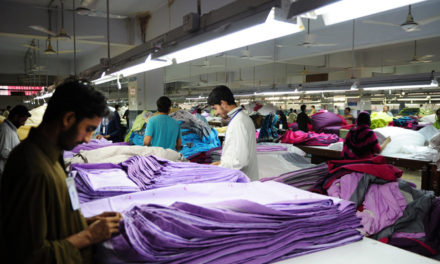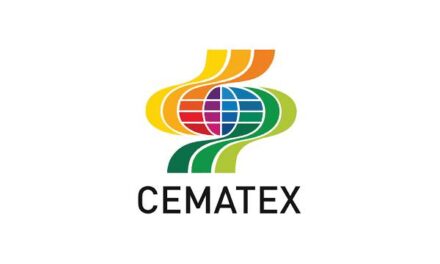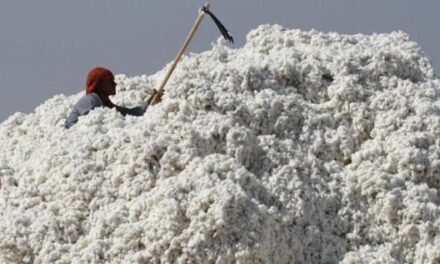 Backed by the China-plus-one policy, India’s textile and apparel exports have seen a 53 percent growth during the April-November period of the current fiscal year at around $26 bn reported. This compares to the figure of $17 bn during the same period in FY21.
Backed by the China-plus-one policy, India’s textile and apparel exports have seen a 53 percent growth during the April-November period of the current fiscal year at around $26 bn reported. This compares to the figure of $17 bn during the same period in FY21.
According to Wazir Textile Index, all major companies including Welspun, Vardhman, Trident, KPR Mills, Indo Count, RSWM, Filatex, Nahar Spg and Indorama have posted higher sales during the first half of the current fiscal year compared to the pre-pandemic year.
Welspun posted an 18 percent increase, Vardhman around 26 percent and Trident 16 percent rise during the first half of this fiscal compared to the pre-pandemic levels in 2019-20.
“The figures would have been better if the first half of the year was not affected by the second wave and the shipping crisis also hit the industry.
“We expect textile and apparel exports to touch around $45 bn by the end of the fiscal year, outshining pre-Covid numbers,” said A Sakthivel, Chairman, Apparel Export Promotion Council (AEPC).
Based on data available with the Confederation of Indian Textile Industry (CITI), export of all commodities in the segment — including cotton yarn, fabrics, made-ups, handloom products, man-made yarn, jute, textiles and apparel — was valued at $263 bn during the April-November period in 2021-22. This is a 51 percent surge compared to $174 bn during the same period in 2020-21. The sector contributed 9.9 percent of the total exports during that time.
“A major reason for this rise is the China-plus-one policy and the growing sentiment in favour of India, globally.
“Though a country likes Bangladesh and Cambodia have tariff concessions with several nations, the quality of Indian products is something that is increasing takers for our products,” said K Venkatachalam, advisor to the Tamil Nadu Spinning Mills Association (Tasma).
Earlier this month, the Reserve Bank of India (RBI), in an article published in its bulletin, had batted for the country to enter into free-trade agreements with major export destinations like Europe and the United States. This is to push apparel shipments and compete against Bangladesh and Cambodia. It stated that over the last decade, the European Union (EU) market has stagnated due to rising competition from countries like Bangladesh, Vietnam and Cambodia.
“The real surge is not in terms of quantity; it is because the economics have changed.”We have seen input costs of yarn, dyes and chemicals go up by 40-50 percent. “This resulted in showing an increased turnover on paper,” said Raja M Shanmugham, President, Tirupur Exporters Association.
Exports from Tirupur, considered the textile manufacturing hub of India, had gone down from Rs 27,500 cr in 2019-20 to Rs 25,000 cr in 2020-21. The figure is expected to cross Rs 33,000 cr this fiscal, according to the Tirupur body.










